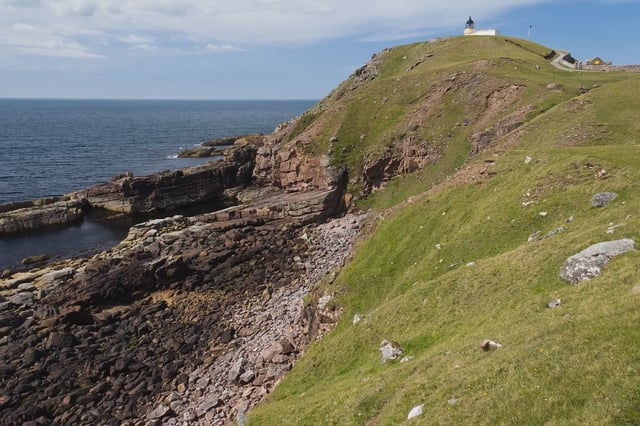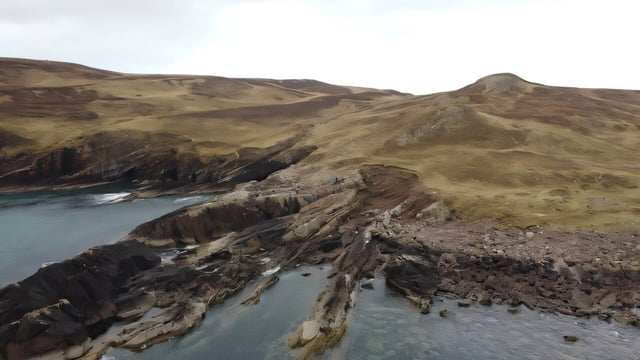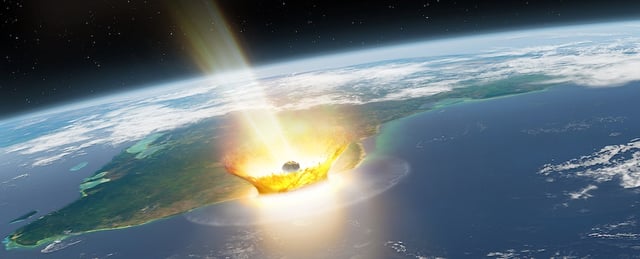Overview
- Researchers have revised the age of the Stac Fada meteorite impact in northwestern Scotland from 1.2 billion to approximately 990 million years ago.
- The updated dating was achieved through high-precision analysis of zircon and reidite crystals, which form under extreme pressures caused by meteorite strikes.
- This new timeline aligns the impact with the emergence of early freshwater eukaryotes, raising questions about how such events influenced Earth's early ecosystems.
- The Stac Fada Member, a geological unit of fragmented and melted rock, preserves evidence of the impact, although the crater itself remains undiscovered.
- The findings, published in the journal *Geology*, provide insights into how meteorite strikes may have shaped environmental conditions and the evolution of life on land.



